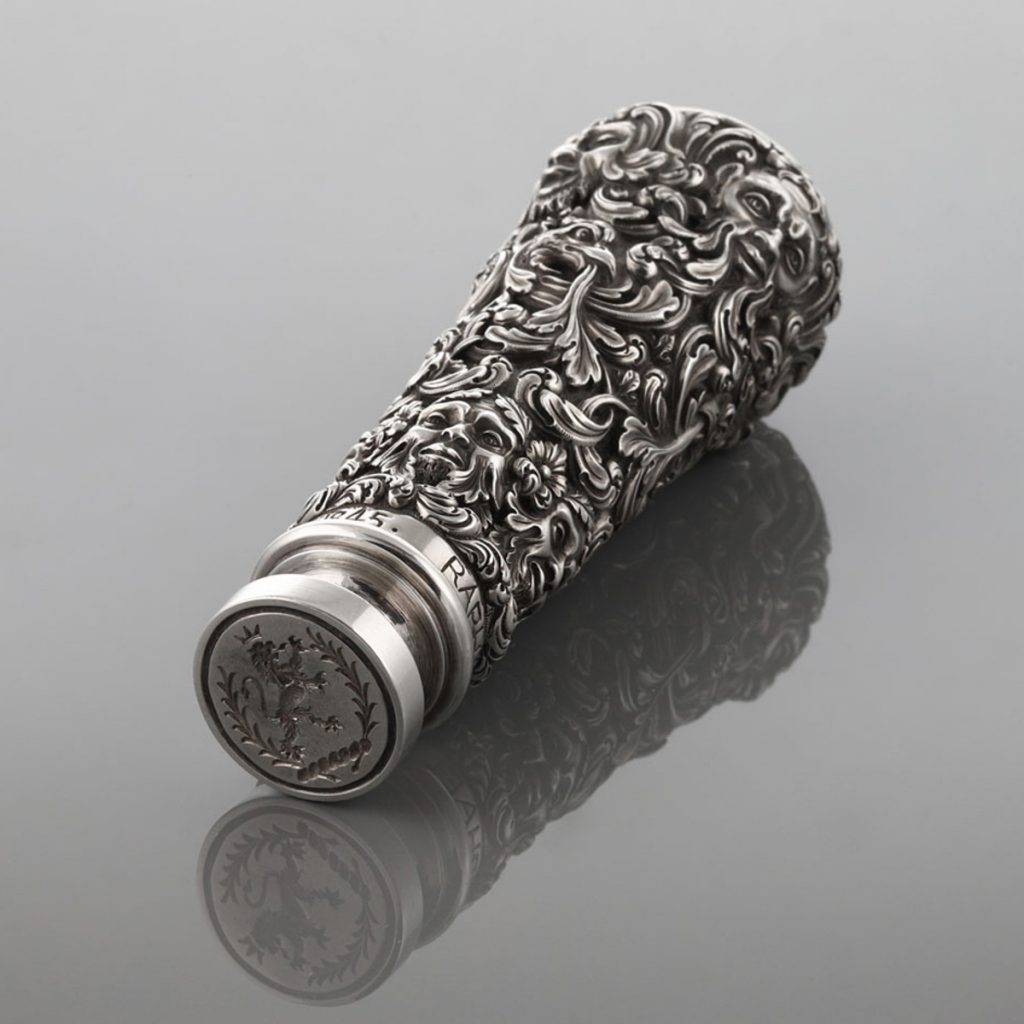Signet
Originally, signet rings contained the family crest and were often used to stamp or sign documents. The metal shapes left a permanent mark on any soft wax or even clay, thus “signing” a variety of legal documents. Some of the most important documents in history have been marked with a signet ring. At that time, the stamp of a ring was seen as more authentic than the bearer’s own signature.
Each ring was unique and the marks generally included the family’s coat of arms, but there was always a significant mark that personally identified the ring holder. Some of the rings were monograms or simple icons, associated with the most important families. All rings were subjected to reverse engineering to ensure that the design was displayed correctly when printed on a document, a level of detail that guaranteed that the rings were expensive and very difficult to copy.
The signet ring was already in use in 3500 BC. Archaeological finds show that the people of Mesopotamia used cylindrical seals as marks of authenticity. This is the origin of the corporate seal that is still used today by some companies.
In the time of the ancient Egyptians, the seal had already been associated with a ring and the pharaohs and other important figures of the time used them to show their position.
In the Middle Ages, anyone of influence had a signet ring. This included all the nobility, which used them to sign all letters and legal documents. Most rings dating from that period were destroyed when their owner died. This prevented any possibility of false documents appearing after the death of a nobleman. Having a ring during this period marked its wearer as a member of the upper class and above the common population.
Discover the silver Signet, by Raphael Zacarias da Costa, in the J. Baptista’s collection.



